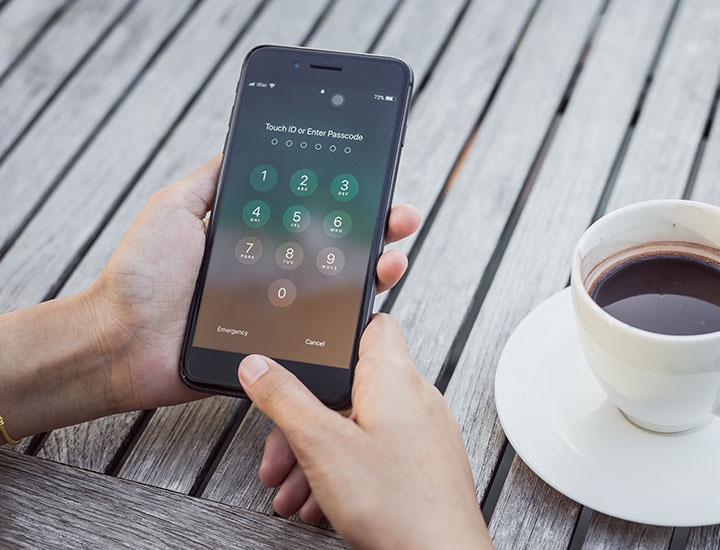Getting a better handle on your iPhone settings can mean the difference between leaving yourself wide open to security breaches and better protecting your data and privacy. Some of the settings that you may use the most have a number of benefits, but they can also put your security more at risk. Jason Wise, Chief Editor at EARTHWEB, shares three phone settings that he says should be turned off to mitigate security risks and protect your personal data. Making these changes takes just a few minutes and can make a huge difference in your security.
Bluetooth Connectivity
Bluetooth can present significant security risks if left enabled when not in use. “Hackers can exploit vulnerabilities to gain unauthorized access to your phone or initiate malicious activities,” Wise says. “To ensure your security, it is recommended to turn off Bluetooth when not actively pairing with a trusted device. This action minimizes the risk of unauthorized connections and potential attacks.”
To disable Bluetooth on most smartphones, Wise says to take the following steps:
– Android: Swipe down from the top of your screen, and tap the Bluetooth icon in the quick settings panel, ensuring it becomes inactive.
– iOS: Access the Control Center by swiping down from the top-right edge of the screen (for iPhone X and newer) or swiping up from the bottom (for older iPhones), then tap the Bluetooth icon to turn it off.


Location Services
While convenient, Wise warns that enabling location services on your phone can compromise your privacy and security. “Certain apps may request access to your precise location, and granting it to them can expose you to potential risks such as stalking or targeted attacks,” Wise says. “It is advisable to disable location services for all but essential applications or when actively required.”
Here are Wise’s steps for turning off location services on most smartphones:
- Android: Open the Settings app, tap on "Location" or "Location services," and disable it by toggling the switch.
- iOS: Access the Settings app, tap on "Privacy," followed by "Location Services," and toggle off the main switch.
“Remember, selectively enabling location services ensures your privacy is protected and minimizes security risks,” he adds.
Wi-Fi Auto Connect
Automatically connecting to any available Wi-Fi network can be convenient but also dangerous. “Public Wi-Fi hotspots, such as those in cafes or airports, are often unsecured and make you vulnerable to various forms of attacks, including Man-in-the-Middle (MITM) attacks or data interception,” Wise says. “To enhance your security, switch off the auto-connect feature and only join trusted networks manually.”
To disable Wi-Fi auto-connect on most smartphones:
- Android: Open the Settings app, tap on "Wi-Fi," then locate and disable the "Auto-connect" or "Auto-join" option.
- iOS: Access the Settings app, tap on "Wi-Fi," then tap on the blue "i" icon next to the network name you wish to modify. Finally, disable the "Auto-Join" feature.
“By disabling this option, you can control which Wi-Fi networks your phone connects to, reducing the risk of unauthorized access and potential security breaches,” Wise says.
Remember: just because your phone comes with several settings that are convenient to use at times doesn’t mean they aren’t without their own security risks. Make changes to these three to keep yourself better protected.


























